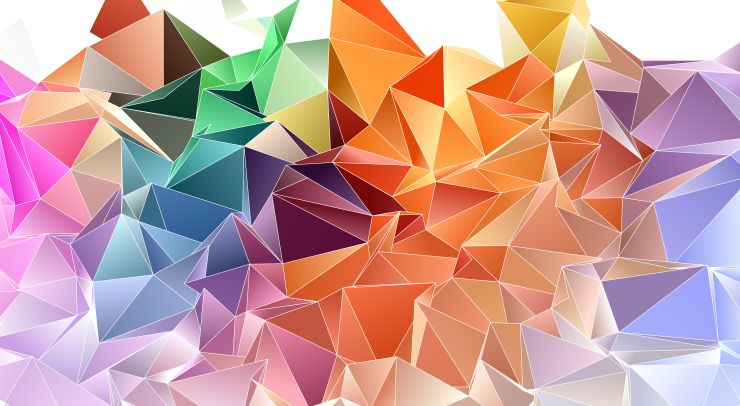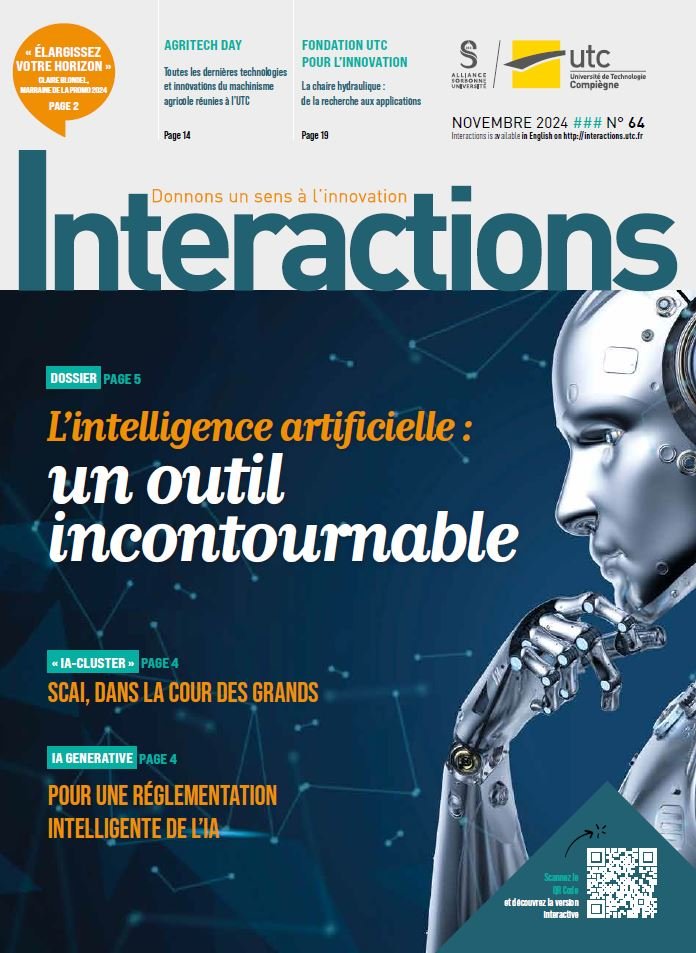The Dyson Award, a cutting-edge competition perfectly suited to the skills and talents of UTC undergraduates

Every year, numerous design competitions open to students are organised. Competitions that allow students to express their creativity, but also to acquire new skills, and even launch their own start-ups.
Participation in competitions for UTC-IDI students is not compulsory, although one might think otherwise, given the number of students awarded prizes each year. It depends on the willingness of the students. “We took part with Victor Cheung for the challenge it represented and because we already had a few ideas in mind before the competition,” confirms Vincent Bihler, a graduate of the IDI programme in 2014.
“Students who wish to take part in a competition ask us to open a Research Project course,” explains Emmanuel Corbasson, head of the Industrial Design Engineering (IDI) department. Once participation in the competition has been validated, students and teachers meet for one hour each week to follow the progress of the project. But beware,” adds Emmanuel, “we only advise them! It is they, and they alone, who have to define their problem and the means they envisage to solve it.” To make their models, they can also use the machines in our workshop and the Daniel Thomas Innovation Centre and benefit from the advice of all the workshop managers.
“However, not all competitions give the right to a CC. It must leave the intellectual property of the project to the students,” explains Emmanuel Corbasson. “In addition to the James Dyson Award, these competitions include the Parrot competition, the Braun Prize and the Verralia Design Awards.”
Even for those who do not pursue the development of their project in the midterm range, participation in these competitions remains a strong and very enriching experience. “The competition personally got me my first job, first as a trainee, then on a permanent contract with Parrot, where I was able to develop some of the products that are now on the market,” confirms Vincent. “It was also a very good creative exercise where the concept’s viability becomes extremely demanding. I now apply these same methodologies on a daily basis at the ‑entreautre design studio.”




